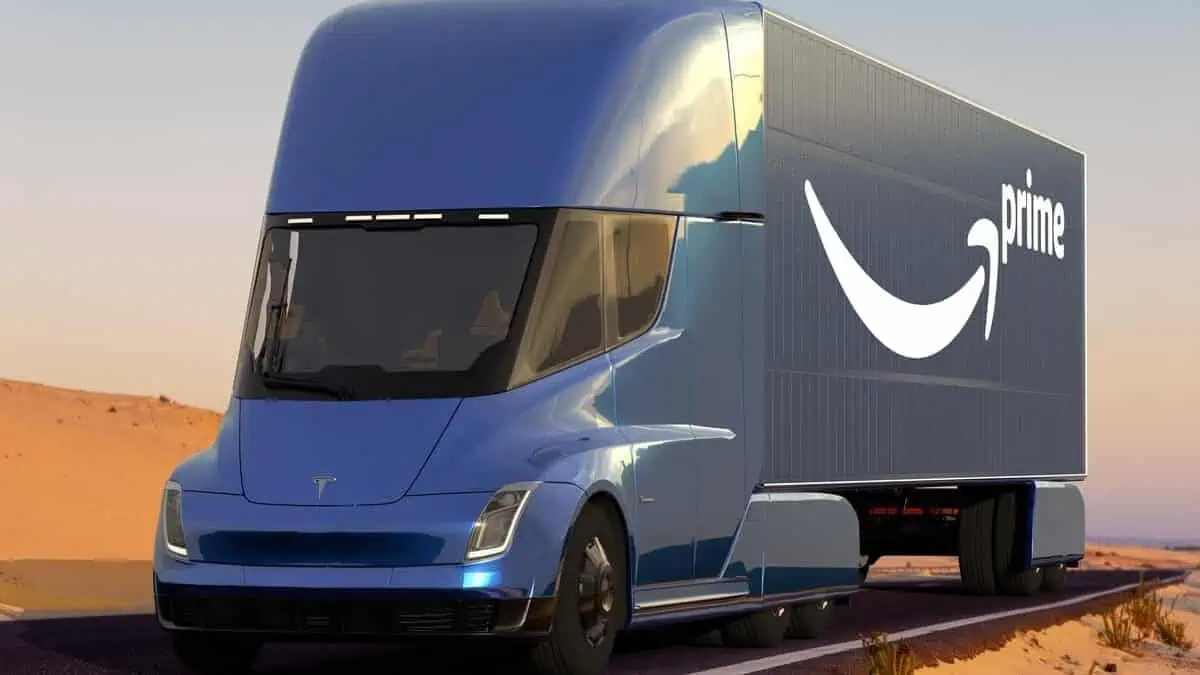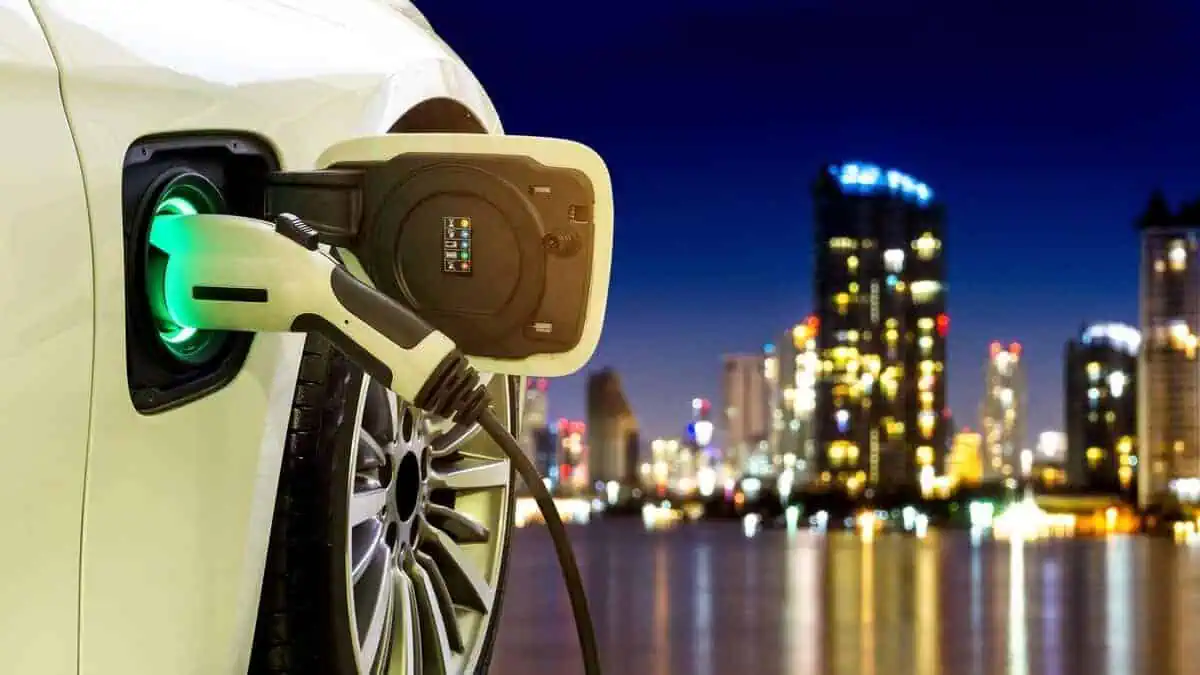Auto media platform MotorTrend visited PepsiCo’s Modesto Frito Lay facility in Modesto, California, to see Tesla‘s first Semi production units firsthand. The publication apparently spoke with the Semi’s drivers and Tesla representatives at the facility to collect relevant and accurate information about the Class 8 all-electric truck.
Well, it is a good idea as Tesla has been very reserved about disclosing Semi’s official production specs despite the successful delivery to its initial customers.
Tesla Semi key specifications
Battery
Tesla Semi drivers apparently claim that the Class 8 electric truck is equipped with a 1,000-kWh battery pack.
The EV giant claims the Semi can cover 500 miles on a single charge. At the same time, CEO Elon Musk has noted that the electric truck would only use 2 kW for every mile it drove.
Interestingly, these estimates suggest that the Semi’s 300-mile battery pack will have a capacity of roughly 600 kWh. That said, Tesla must still need to streamline its production to ensure Semi’s profitability, given the number of batteries.
Powertrain
Tesla equipped the Semi with a tweaked Plaid tri-motor powertrain with a reverse rotation.
For comparison, the front motor of the Model S serves as the high-performance “highway drive unit,” driving the Semi’s rear axle. Meanwhile, the dual rear motors of the Model S Plaid are mounted on the rear axle.
In light of these details, MotorTrend calculated that the 1,020 horsepower and 1,050 pounds-feet of torque of the Model S and Model X Plaid are likely matched by the Tesla Semi.
Interestingly, the said estimate aligns with a Tesla representative’s previous statement. He apparently claims that the power output of a Tesla Semi is three times that of a typical diesel semi.
For reference, the Freightliner Cascadia is the most popular Semi in the United States, with a standard 350 horsepower. That said, it is three times less than the Tesla Semi’s estimated 1,020 horsepower.
Megacharger output
Tesla equipped the Semi with a different charging port from its current EV offerings.
Apparently, the Modesto facility’s Megachargers for the Tesla Semi could provide about 750 kW of power. Notably, that is around three times the company’s Supercharger V3 network’s output.
Despite the Megacharger cable’s notable thickness, they are supposedly simpler to manage than certain DC fast-charging networks available in the market.
Usually, it takes 30 minutes to fully charge the Semi from nearly empty to 70%. According to the publication, a full charge from 0% to 100% takes about 90 minutes.
Interior space
Tesla Semi has a 3×7 foot cabin, which allows a six-foot person to comfortably stretch inside. Some PepsiCo drivers who spoke to MotorTrend liked the Semi as it was very comfortable to drive. Moreover, the Tesla Semi’s cabin also features a camera.
Physical controls
Notably, the two infotainment systems in the Tesla Semi are where most controls are located. Nonetheless, the Semi itself also features the following physical controls: parking brake, trailer-brake air supply, and the vehicle’s hazards.
Furthermore, its stalks buttons resemble those in Tesla Model 3 and Model Y cars. Meanwhile, the Tesla new Model S and Model X steering wheel buttons are similar to some of those in the Semi.
Other features
Interestingly, the Tesla Semi’s right infotainment display serves as the vehicle’s main infotainment unit. Meanwhile, the truck’s tire pressure and other essential data are displayed on the left.
Moreover, customers who want to order the Tesla Semi with a sleeping cabin appear to have some room reserved in the cabin as well.
The Semi’s Full Self-Driving computer is evident from images of its screens, which were also taken of the Semi.
The Tesla Semi is indeed a state-of-the-art electric truck that offers a lot of competitive functions over all the other Semi in the market. That said, it would be no surprise if it brought Tesla significant growth and profit in the coming years.






